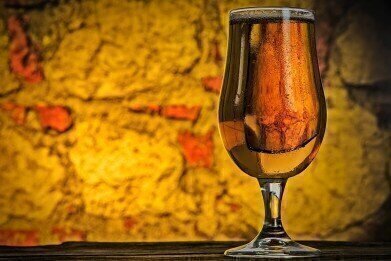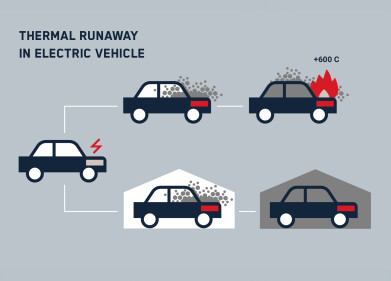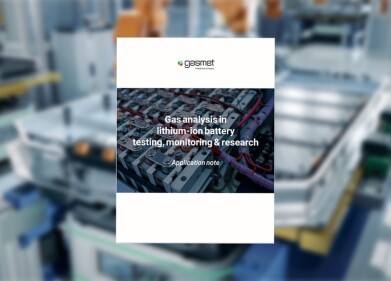Health & Safety
Is There Plastic in Beer?
May 28 2018
In the Middle Ages, the population of Britain – including children – were often more likely to drink beer than water. Why? A lack of adequate sanitation facilities (certainly nothing like the advanced water monitoring systems of today) and poor all-round hygiene meant that drinking water was often dirty, discoloured and even dangerous to imbibe. Beer, on the other hand, was viewed as relatively safe and nutritious.
Today, the opposite is true; H20 is seen as the healthiest beverage there is, while excess consumption of beer is frowned upon by doctors and employers alike. But with a growing awareness of plastic pollution creeping into our waterways and, most concerningly of all, our drinking water, could beer once again represent a plastic-free alternative? Apparently not, according to a new study.
Plastic, plastic everywhere
Published in the Public Library of Science journal, the research analysed plastic concentrations in 12 different brands of beer from the Great Lakes region of North America, as well as 159 samples of drinking water from all over the world and 12 brands of sea salt. The authors were intending to shed some light on the under-investigated area of plastic pollution in human consumables.
The results were alarming. 81% of the tap water samples showed plastic pollution, while all 12 brands of both salt and beer revealed signs of contamination, as well. On average, each beer contained four microplastic fragments per litre, with these ranging from 0.1mm to 5mm in size. One particular brand contained 14 particles.
In the tap water, this was even higher; each litre contained 5.45 particles of plastic pollution. Based upon consumer guidelines, the researchers estimated that the average American consumes 5,800 particles of microplastic every year, with 88% of those coming from drinking tap water.
Building upon prior knowledge
Although concerning, the findings are hardly a revelation. In 2014, German scientists analysed 24 brands of German beer and found that each and every one of them contained microplastics in some shape or form. This study was inconclusive as to at which stage of production the plastics had entered the beer, though its authors did suggest that the widespread contamination of drinking water may be responsible.
Although this latest study confirmed the plastic pollution of drinking water supplies, its authors were quick to downplay any definitive links between the two. “Even though the average number of particles found in beer (4.05 particle per litre) was similar to the average number of particles found in tap water (5.45 particles per litre), not even a weak correlation could be drawn when comparing the results from specific beer brands to their corresponding municipal tap water supply,” it says. “In fact, the highest and lowest counts in this study came from two beers that were brewed in the same city using the same municipal water supply.”
Because of the uncertainty surrounding where exactly this plastic is coming from, the researchers have called for more innovative scientific methods of monitoring plastic pollution in the future to shed light on how the phenomenon can be countered.
Digital Edition
AET 28.2 April/May 2024
May 2024
Business News - Teledyne Marine expands with the acquisition of Valeport - Signal partners with gas analysis experts in Korea Air Monitoring - Continuous Fine Particulate Emission Monitor...
View all digital editions
Events
Jul 30 2024 Jakarta, Indonesia
China Energy Summit & Exhibition
Jul 31 2024 Beijing, China
2024 Beijing International Coal & Mining Exhibition
Aug 07 2024 Beijing, China
IWA World Water Congress & Exhibition
Aug 11 2024 Toronto, Canada
Aug 25 2024 Stockholm, Sweden and online









.jpg)








